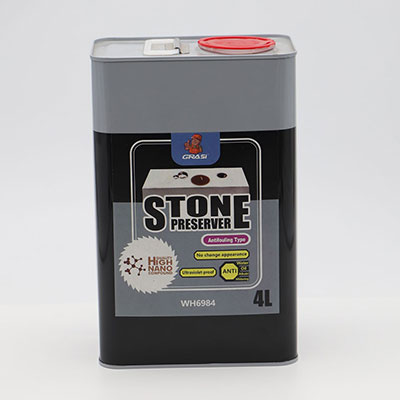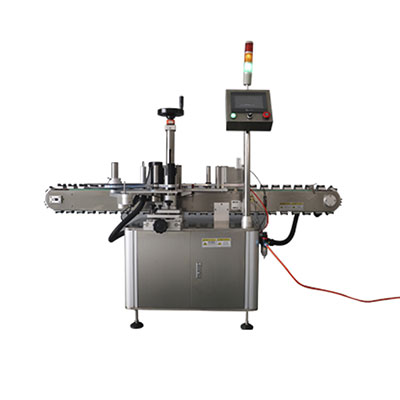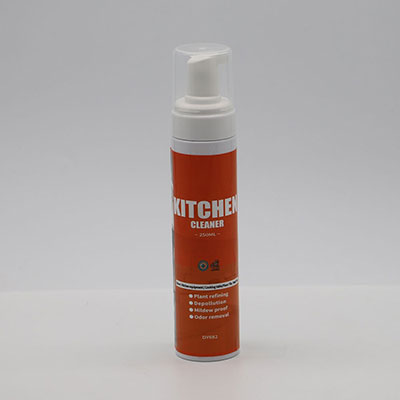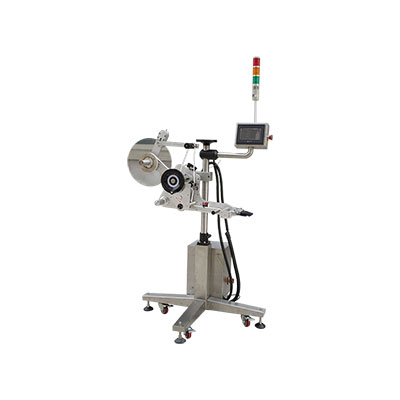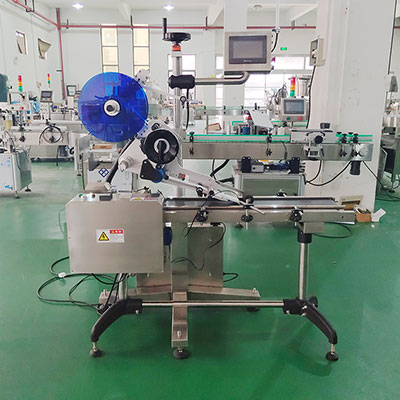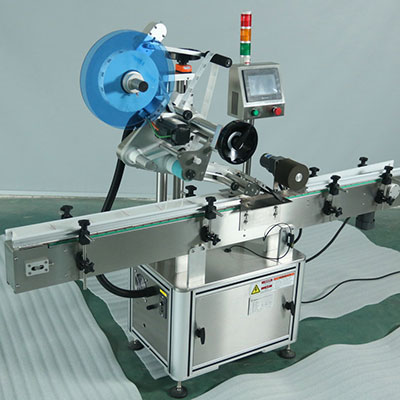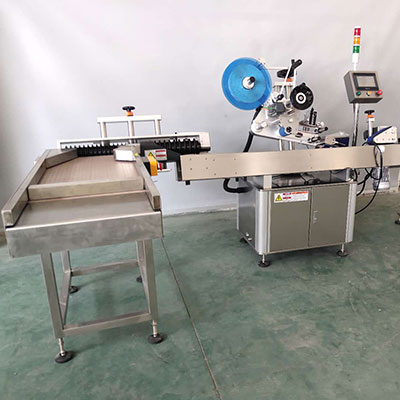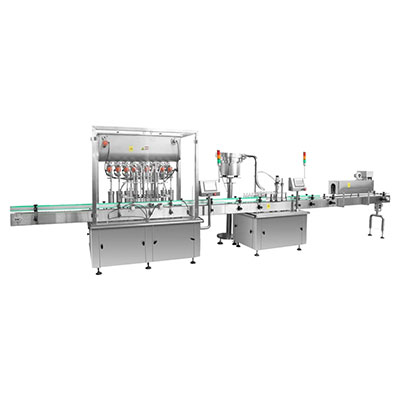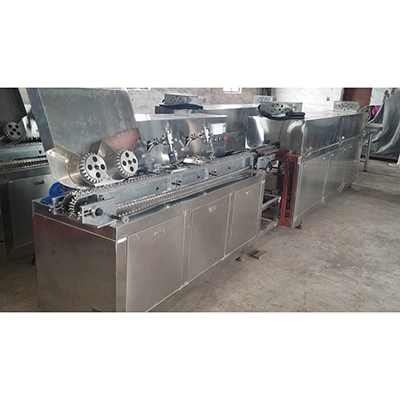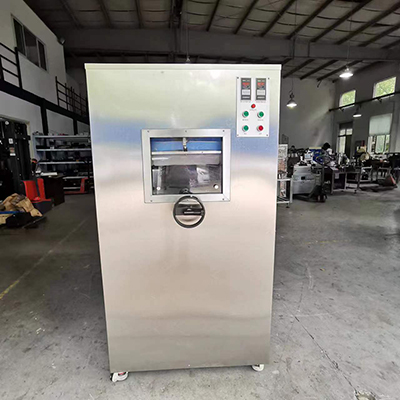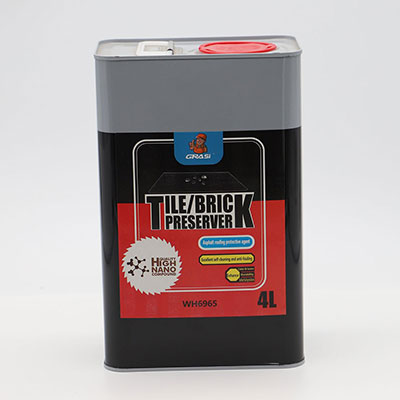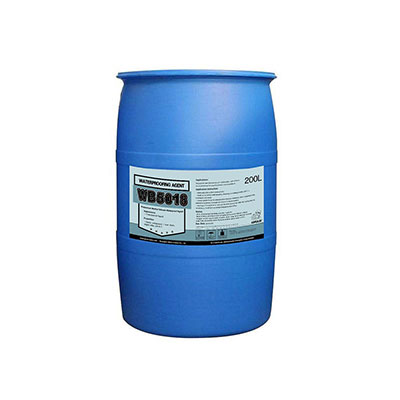Electrostatic Separator, Plastic Recycling Separator Machine
Electrostatic separation adopts the electrical conductivity difference of particles in the high-voltage electric field to achieve the purpose of sorting. The plastic mixtures are separated due to different trajectories of various materials caused by their different electrical properties and stress states.
Electrostatic separator is suitable for sorting miscellaneous plastics that are difficult to separate by various density flotation methods, such as ABS/ABS alloy/PC, PS/PET/PVC, PA/PE/PO, etc.
The material needs to be pulverized before it enters the separator, so as to achieve an ideal separation effect.
CRSTA electrostatic separator has much less strict requirements for the size of crushed particles that the crushed materials below 20mm can be easily passed through. The accuracy (purity) of a single sort can reach over 98%, and the second sort can be approximate to 100%.
Workflow of electrostatic separator
Cleaning the crushed particles after drying (particle size: 20mm or less) -feeding to the hopper -hot pre-drying -quantitative screw conveying -stirring crushed particles- quantitative vibration feeding –primary electrostatic sorting - stirring crushed particles - quantitative vibration feeding – secondary electrostatic sorting - finished product after sorting - bagging.
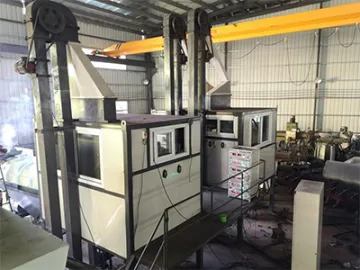
Detail
High-voltage pulsed static electricity is adopted to achieve better separation effect.
Parameters
| Model | CR-JD1000# | CR-JD1200# | CR-JD1500# | CR-JD1800# |
| Motor | 50 kw | 80 kw | 100 kw | 120 kw |
| Throughput | 800-1000K G/H | 1000-1500 KG/H | 1500-1800 KG/H | 1800-200 KG/H |
| Dimensions | L9000*W5000*H5800 mm | L9500*W5000*H5800 mm | L11000*W5000*H5800 mm | L15000*W5000*H5800 mm |
| Weight | 3.2 T | 4 T | 4.5 T | 5 T |
Links:https://www.globefindpro.com/products/16313.html
-
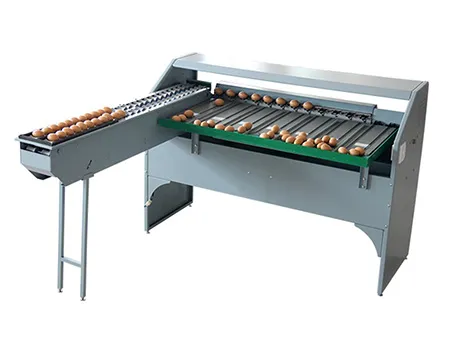 101A Egg Grader (4000 EGGS/HOUR)
101A Egg Grader (4000 EGGS/HOUR)
-
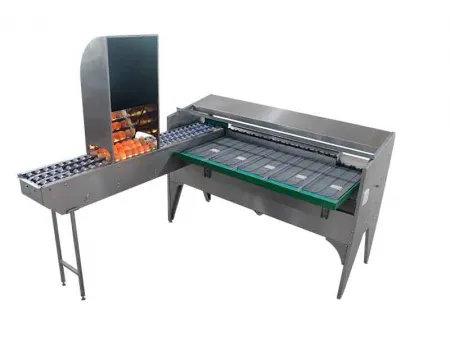 102B Egg Grader (5400 EGGS/HOUR)
102B Egg Grader (5400 EGGS/HOUR)
-
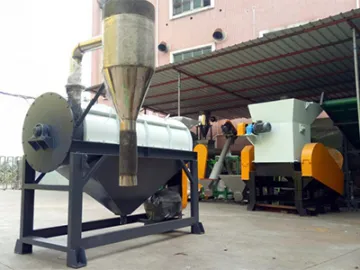 Horizontal Centrifugal Dryer, Plastic Recycling Spin Dryer
Horizontal Centrifugal Dryer, Plastic Recycling Spin Dryer
-
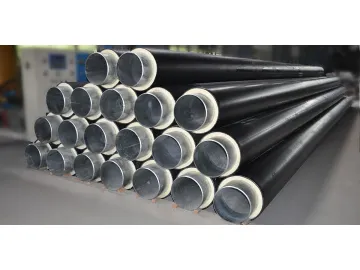 Pre-insulated Piping System for Heating
Pre-insulated Piping System for Heating
-
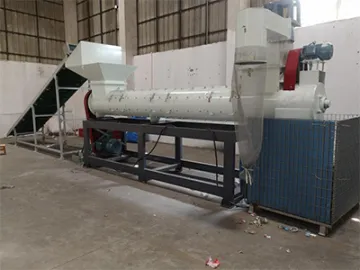 Delabeler, Label Removing Machine
Delabeler, Label Removing Machine
-
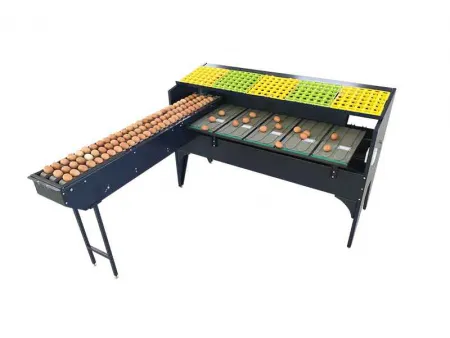 102A Egg Grader (5400 EGGS/HOUR)
102A Egg Grader (5400 EGGS/HOUR)
-
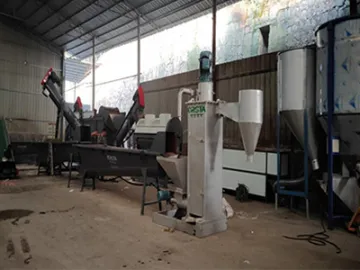 Plastic Pipe Recycling
Plastic Pipe Recycling
-
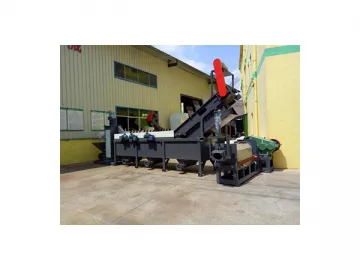 Plastic Recycling Solution
Plastic Recycling Solution
-
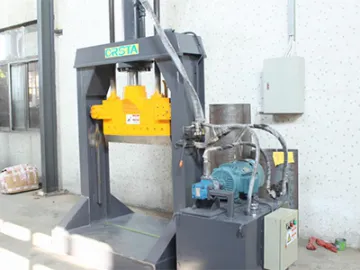 Bale Cutter, Plastic Recycling Machine
Bale Cutter, Plastic Recycling Machine
-
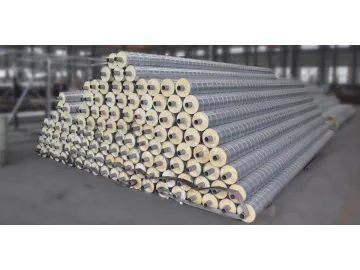 Above Ground Piping System for Heating
Above Ground Piping System for Heating
-
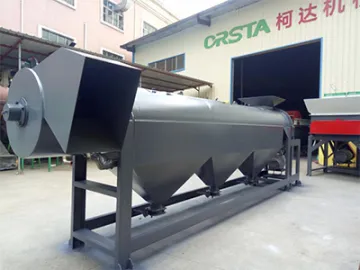 Washing Machine, Plastic Recycling Washer Machinery
Washing Machine, Plastic Recycling Washer Machinery
-
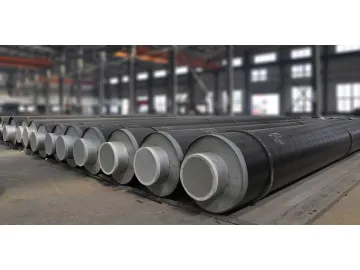 Steam Pre-insulated Piping System
Steam Pre-insulated Piping System
